2022 Polestar 2 Single Motor First Drive: Lower EV Price, Bigger Appeal
When the Polestar 2 launched last year, the biggest criticism we could level at the Tesla Model 3 rival was that it was a little too expensive. Now, the 2022 Polestar 2 Single Motor is coming to address that fact. Dropping the second motor and making some of the niceties optional helps trim a healthy $14k from the sticker price, compared to what until now a Polestar 2 would've cost you.
It's only been two years since Polestar launched as Volvo and Geely's big push into EVs. While nobody ever said Geely's brand portfolio was straightforward, you can think of Polestar as being the electric car company which wears its geeky tech on its sleeve. It also gets to play with the newest features first, before Volvo – which is still partway through its electrification transition – can roll it out to a broader, likely more traditional audience.
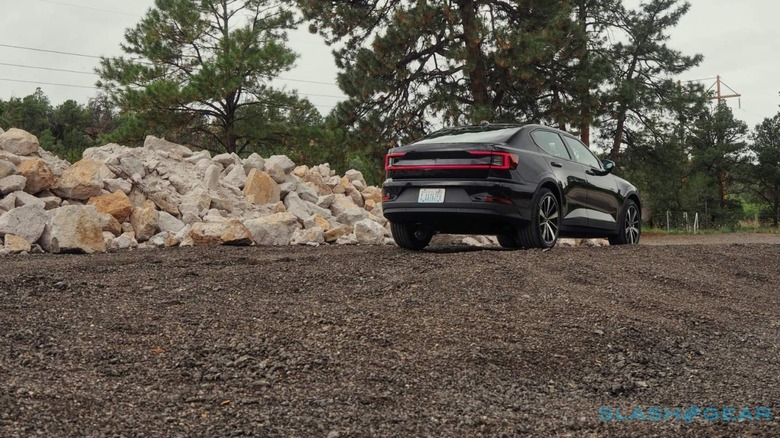
Among Polestar's big challenges now is expanding its physical footprint, not that its relatively minimal showroom network has necessarily held it back so far. 60-percent of Polestar customers place an order before they've even test-driven the car, the automaker says, and the response to the no-haggle pricing has apparently been positive too. Polestar's initial strategy – effectively a single, maxed-out version of the Polestar 2 with little in the way of options – kept things easy, too.
For the 2022 model year, however, the Polestar 2 range is growing. You'll still be able to get the fully-kitted-out Polestar 2 Dual Motor with the Performance Package – complete with adjustable Öhlins dampers, beefier Brembos, and gold trim – but the automaker will also sell you a version with the options added piecemeal, while the new Polestar 2 Single Motor will offer a considerably lower point of entry to the line-up. It'll also push the automaker's maximum range numbers up, an improvement which never hurts in the stat-obsessed EV market.
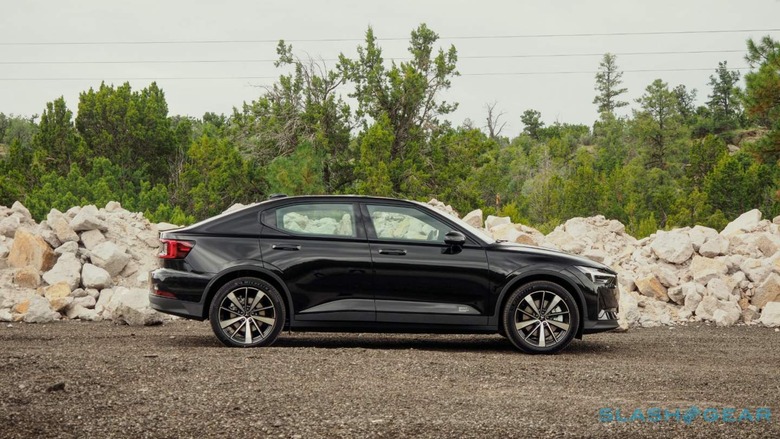
The Polestar 2 Single Motor does without the rear electric drive, opting for a front motor instead. That's a hangover of the CMA platform it's based on: designed, initially, with internal combustion in mind. It gave Polestar a head-start for getting the driving dynamics of a front-wheel drive vehicle pinned down, though I'm told there's no real reason why a rear-wheel drive version couldn't be offered at some point too, should there be the demand for it.
The "long range" 78 kWh battery – of which 75 kWh is usable, after Polestar reserves a little to offset natural cell degradation over time – is the same as in the Dual Motor car, though here it's expected to be rated for 265 miles on the EPA's test cycle. That's the most we've seen so far from a Polestar EV, though the Polestar 2 Dual Motor has nudged up too. A software update – loaded from the factory on the 2022 model year EV, and delivered as a recent over-the-air (OTA) update for 2021 cars – massaged it up to 249 miles, a 16 mile improvement on what was promised originally.
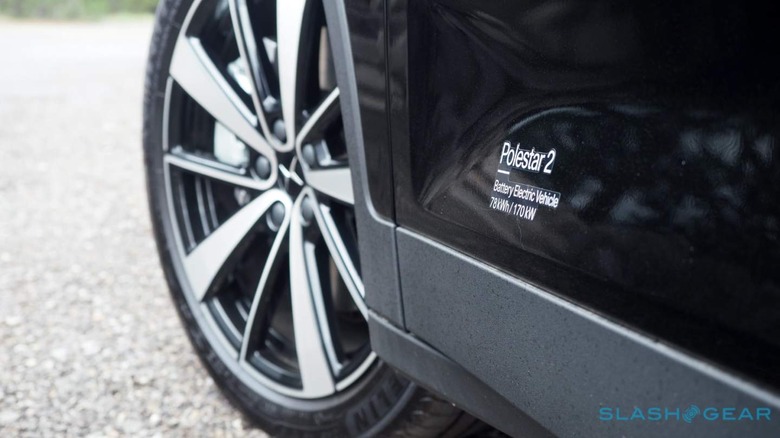
Polestar is excited about the potential of OTA updates to refine its EVs over their lifecycle, but it's worth mentioning that there's another way to coax more miles out of the cars. A new heat pump option in the Polestar 2's Plus Pack is being targeted at drivers in cold climates particularly: it's fiendishly complicated, a little like air conditioning only in reverse, but basically it uses ambient air temperature to more efficiently heat the cabin and battery.
Even in chilly conditions, Polestar says, you could see up to 10-percent more range, and that improvement isn't included in the EPA numbers. Considering cold climates can knock a not-insignificant chunk of range off an electric vehicle, that might make a big difference to Polestar 2 ownership outside of more temperate states.
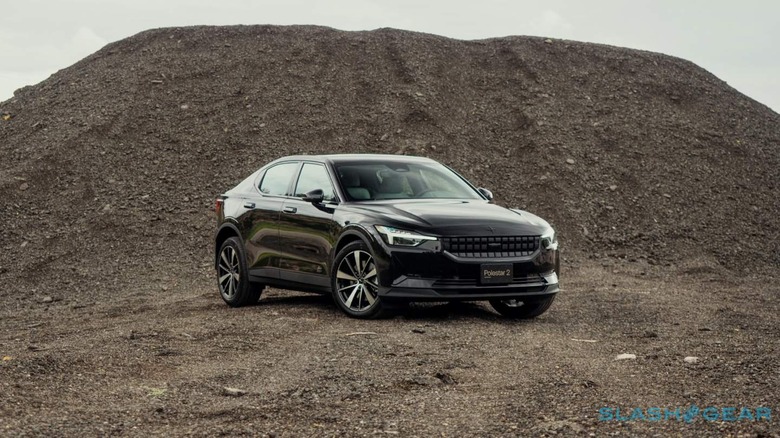
The Plus Pack is a $4,000 option on the Polestar 2 Single Motor, on top of the car's $45,900 (plus $1,300 destination) starting price. 19-inch 5-V Spoke Black Diamond Cut alloy wheels are standard, as is Void black paint. For 2022, that's paired with a new Void Dark Package, which swaps the exterior chrome trim around the grille, windows, and other areas for matching black. If you wanted a moodier Polestar 2, all you really need to add is a window tint.
The other colors in Polestar's palette are similarly restrained: silvers, dark blues, and grays abound, at $1,200 each. Forgive me if I long for a Polestar Cyan Blue option – sadly Volvo left "ownership" of that hue with the race car team it bought the Polestar tuning brand from – or some other, brighter choices.
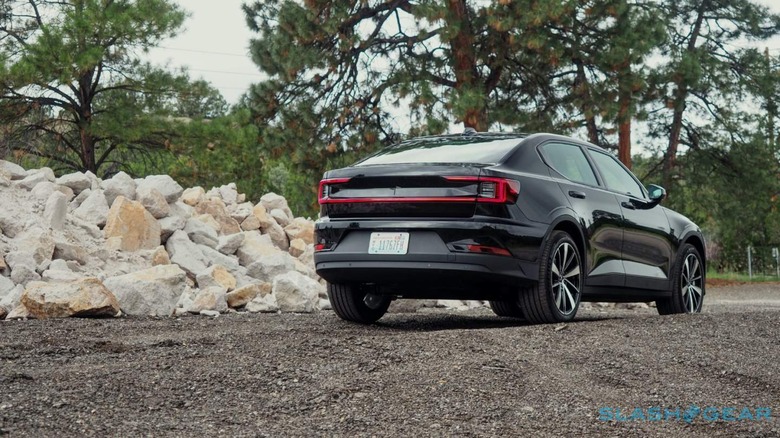
Instead, the fastback EV looks stern and purposeful. There are hints of Volvo still – something Polestar says it will move even further away from with the Polestar 3 premium SUV expected to launch next year – but the detailing charms. The frameless side mirrors are a pleasing touch, while the front grille skirts somewhere between the bland, fared-in fascias some EVs have adopted, and the traditional toothy maws of gas engine vehicles.
The same goes for the interior. 2022 brings a new cabin trim, in charcoal WeaveTech engineered fabric with matching Black Ash deco pieces. The former doesn't try to feel like leather, and is all the more successful as a result; the latter is real wood, only formed from wood byproduct for greener credentials.
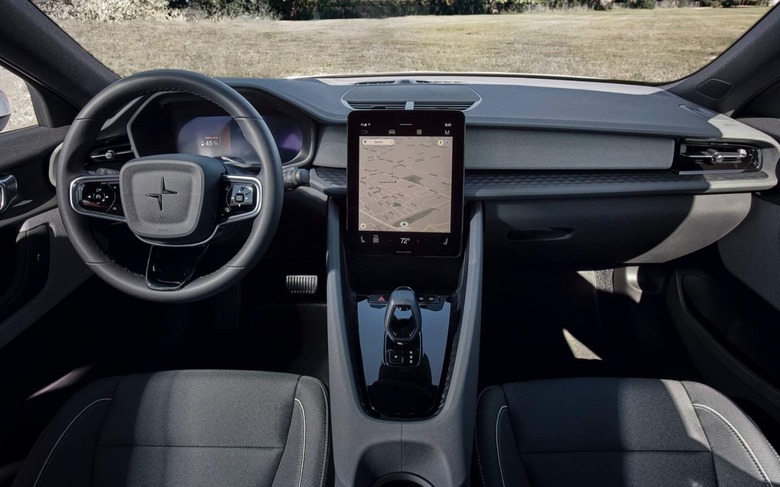
Your attention is dominated still by Polestar's big central touchscreen, running Android Automotive OS with a custom UI. It's a tablet-like experience, with chunky graphics and familiar apps such as Google Maps and the Play store. An embedded 4G LTE data connection – with three years of bundled AT&T data – is standard, used for Google Assistant voice processing, real-time traffic information, and media streaming. You can hook up your Android phone for full integration, or – currently – an iPhone via Bluetooth or cable for media playback, Siri hands-free, messages, and calls. Apple CarPlay is still yet to come, now "later in 2021" rather than the "mid-2021" Polestar first promised.
It's a slick system, not least because Google Maps is so much better than most in-car navigation software. Here, the algorithm takes into account weather, traffic, topographical detail, current state of vehicle charge, and other factors as it plans a route and makes suggestions where to pause and recharge. I'd need more time to put it through its paces, but even over a morning's driving the estimate of charge-remaining at the end of my trip was surprisingly accurate.
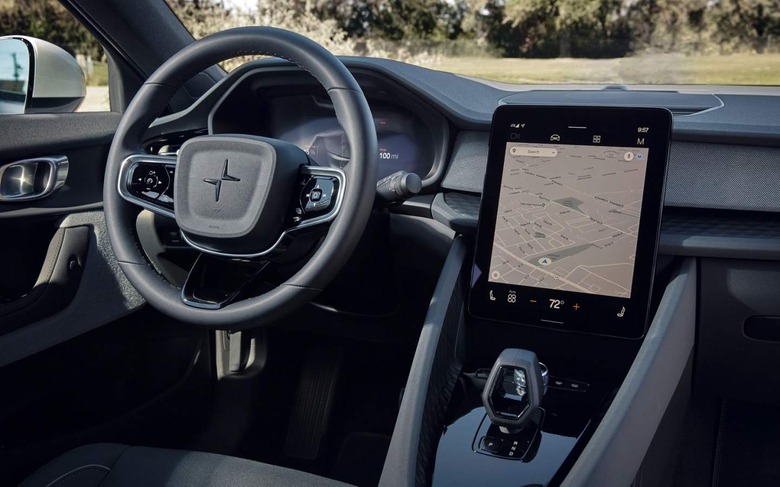
So, too, is the Polestar 2's own range estimate. Again, I'd have to spend more time with the EV to see its potential foibles, but over my drive the distance it promised was, indeed, the distance it delivered. Considering how much range anxiety is founded in doubts that an electric car will drive as far as the dashboard claims, that's an important factor.
In regular use, pickup from a standing start feels much like the Polestar 2 Dual Motor. The Single Motor EV is down on power, of course – 231 horsepower and 243 lb-ft of torque, compared to 408 hp and 487 lb-ft from the Dual Motor – and on paper the acceleration is slower too, taking 7 seconds for the 0-60 mph run versus 4.45 seconds. If you're not burying the accelerator to the floor, though, each feels urgent and eager away from traffic lights and stop signs.
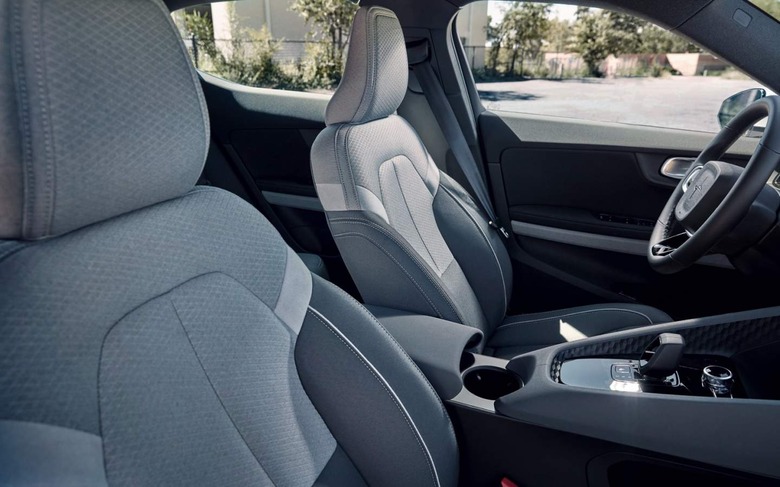
Yes, the Dual Motor is faster. And the Polestar 2 Single Motor doesn't quite have that face-reshaping potency that some EVs deliver. In tighter and more aggressive corners, too, the absence of all-wheel drive leaves you a little more aware of the 4,400 pound curb weight. The Dual Motor grips better, and the uprated Brembos in the Performance Pack – not available on the Single Motor car – shed speed more aggressively, and consistently over prolonged use, too.
I can't exactly criticize the automaker for how the Polestar 2 Single Motor is dialed in, though: if you want the best all-EV performance it has to offer, and the best handling, it'll happily sell you a $55k car. This entry-level model offers the same control over regenerative braking levels – up to one-pedal driving – and optional automatic-style creep, but there's no "Wild Swede" drive mode hiding here.
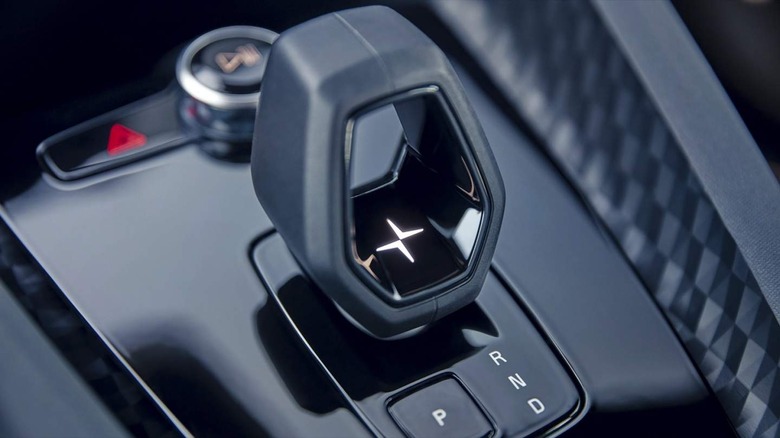
Instead, the focus is on practical things. 155 kWh DC fast charging, taking the EV from 10-80 percent in 33 minutes. A healthy 14.3 cu-ft of cargo space, expanding to 38.7 cu-ft with the spacious rear bench folded down, plus 1.2 cu-ft more in the frunk. The Polestar 2 Single Motor is rated for the same 2,000 pounds of towing as the Dual Motor, too, and 165 pounds loaded onto the roof.
2022 Polestar 2 Single Motor Verdict
It all leaves the most affordable 2022 Polestar 2 feeling reassuringly well-rounded. Stylish without being outlandish; nicely equipped without straying into needlessly – and expensively – lavish; ample power, rather than outrageous levels. Factor in the $7,500 US federal tax credit for EVs and it's under $40k. State and local incentives can pare that back even further.
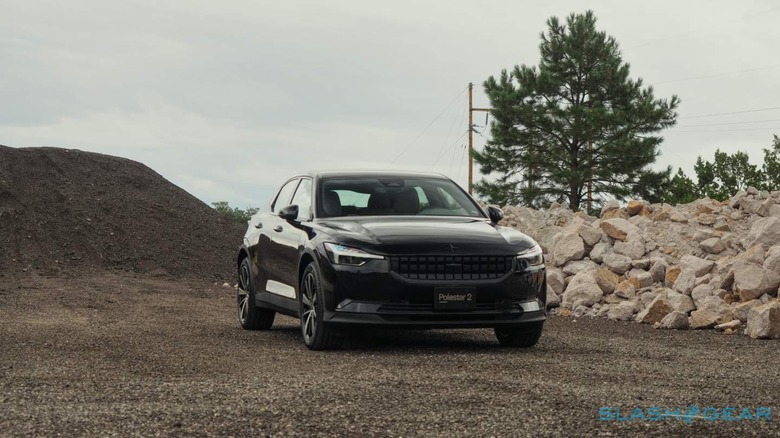
If electrification is to truly expand through the mass market, we need cars like this. EVs that capitalize on the advantages their electric drive offers, but which package it in a way that's familiar enough not to be off-putting to someone coming from a gas car. Polestar's aftercare offering – pickup and delivery with a loaner car, mobile technicians for smaller jobs, and three years of servicing included – is comprehensive too, and helps cover over the gaps as it rolls out more physical locations.
The reality here is that Polestar isn't chasing Tesla Model 3 owners, or really any other existing EV driver. The 2022 Polestar 2 Single Motor is a pitch to those open to the idea of leaving behind gasoline, but whether for reasons of range, price, or brand have so far been wary. The Polestar 2, with just enough hints of Volvo to be familiar yet no shortage of tech and style, makes a strong argument there, and one which comes unexpectedly early on in the automaker's existence.
